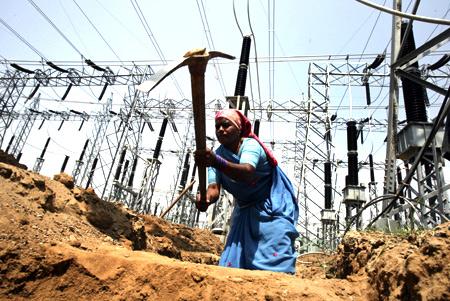
India's yawning trade deficit is not a separate problem from the government's budget shortfall. They are two sides of the same coin.
The connection between them becomes evident when one looks at the current account gap not as the excess of imports over exports, but as the difference between the country's investment and savings.
The twin problems started in February 2008, when New Delhi undermined a six-year process of deficit reduction by announcing a $15-billion (Rs 60,000 crore) farm debt waiver. That blunder, compounded by several other acts of fiscal irresponsibility, had a pernicious effect on the nation's savings-investment dynamics.
Fiscal profligacy encouraged households to seek cover in imported gold as an inflation hedge.
...
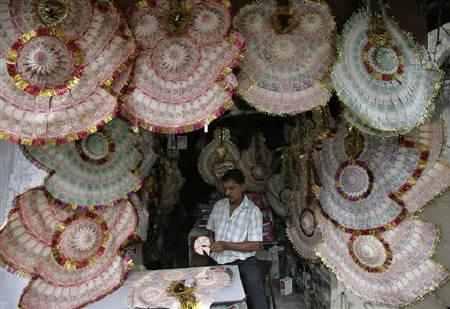
A quintupling of household investment in "valuables" between financial years 2008 and 2012 shrank the pool of financial savings available to the domestic corporate sector, which was unable to maintain the breakneck pace at which it had been issuing debt equity and debt securities.
That, in turn, made Indian companies increasingly reliant on foreigners' money to finish projects already underway.
The current account deficit shot up to 4.2 per cent of GDP in the last financial year. In the last two years, India's stock of foreign debt has shot up by 32 per cent even as the monetary authority's foreign currency reserves have fallen.
...

Unless the current account gap returns to a more sustainable level, a repeat of the 1991 currency crisis cannot be ruled out.
In India's case, a more sustainable current account may mean reducing the deficit to between 2.4 per cent and 2.8 per cent of GDP, according to a Reserve Bank of India (RBI) research paper.
Untangling the two deficits – fiscal and current account – and bringing both under control will require a three-pronged strategy: a competitive exchange rate, further reductions in subsidies and a frontal assault on inflation.
Achieving all three simultaneously will need deft co-ordination between the government and the monetary authority.
Without co-ordination, subsidy reductions might get in the way of a competitive exchange rate and inflation control.
...
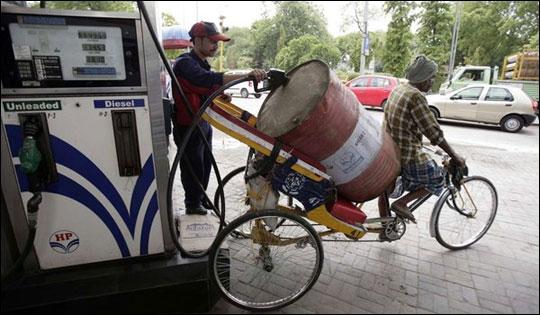
For instance, as the government unveils more steps like the recently announced 14 per cent increase in the price of subsidised diesel, foreign investors will turn optimistic on Indian equities and will try to take advantage of the pessimism of domestic investors by buying stocks on the cheap.
That will put pressure on the rupee to appreciate - pressure that the RBI should resist by buying the incoming dollars for its foreign exchange reserves.
Slaying inflation, which has only once fallen below seven per cent in the past 33 months, will be the most difficult of the three tasks.
Decades of ignoring the country's inadequate infrastructure have left the economy badly supply-constrained and prone to price upswings. Besides, as the government pares back fuel subsidies, pump prices will rise.
...
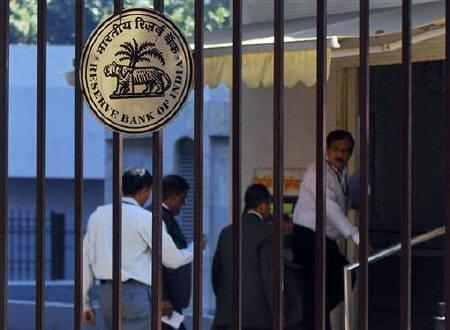
If the central bank keeps the rupee weak, prices of imported crude oil in local currency terms will also remain elevated.
Not attacking inflation is not an option. The 13 per cent depreciation of the nominal exchange rate in the past year has been unable to revive exports and close the trade gap partly because global growth is tepid and partly because higher domestic inflation in India is preventing the currency from becoming more competitive in real, or inflation-adjusted, terms.
A weighted index of India's real effective exchange rate against 36 of its trading partners depreciated only three per cent in the last fiscal year.
According to Nomura economist Sonal Varma's calculations, this year's real depreciation – 7.7 per cent so far – should narrow the current account deficit by 0.8 per cent of GDP. However, if the price of crude oil rises by just $15 per barrel, the gain will be wiped out.
...
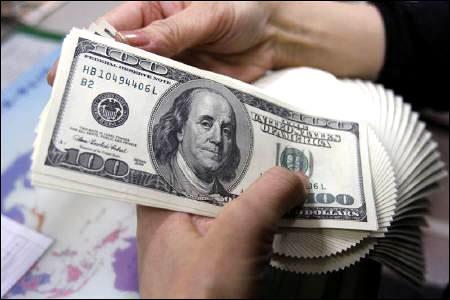
The US Federal Reserve's money-printing tends to make imported oil pricier in dollar terms. But India can hardly ask the Fed to stop.
Instead, New Delhi needs to focus on combating domestic inflation in order to improve the country's competitiveness. Unfortunately, there are no simple supply-side solutions in sight.
Insisting that global large-format retailers like Wal-Mart and Carrefour, which have only recently been allowed to set up shop, source at least 30 per cent of their wares locally could see more private investment in supply chains.
This will be crucial for controlling food price inflation. But cold storage capacities and other supporting infrastructure won't spring up overnight.
...

Similarly, replacing a plethora of indirect taxes on production, sales and consumption with a simple goods and services tax would also be disinflationary.
But implementing the tax will require a constitutional amendment. The legislation has already missed so many deadlines that it's hard to envision it coming into force before the current government's term expires in 2014.
The difficulty of controlling inflation with supply-side measures means monetary policy will have to remain hawkish and contain aggregate demand. The RBI recently said it would "reinforce" the government's pro-growth policies.
...
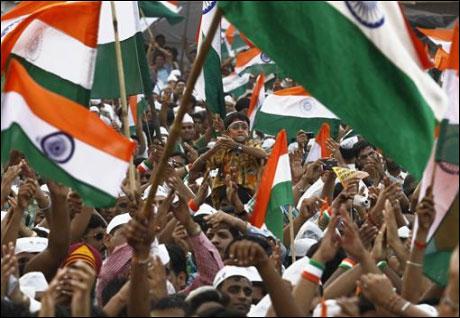
That has given rise to expectations that more rate cuts are on their way to supplement a half-percentage-point reduction in April.
This is not the time to allow such expectations to take hold. Rate reductions should be part of next year's policy agenda when the government has demonstrated the success of its resolve to stop the fiscal haemorrhage and after inflation has lost its sting.
Economic growth won't be anywhere near the central bank's estimate of 6.5 per cent this fiscal year. Rather than trying to reach this unrealistic goal, the government should concentrate its energy on surgically separating the twin deficits.
The writer is the Asia economics columnist at Reuters Breakingviews in Singapore. These views are his own.